
Vibrant Environment
Climate Change And Sustainability
All | Biodiversity | Climate Change and Sustainability | Environmental Justice | Governance and Rule of Law | Land Use and Natural Resources | Oceans and Coasts | Pollution Control

Savvy investors are increasingly considering climate-related information in their decisionmaking. How companies model future costs of climate policies, the extent to which they are prepared to adjust to the physical impacts of climate change, and how climate projections impact corporate planning are just some of the information investors are interested in knowing. This argues for considering more climate-related information legally “material” under existing U.S.
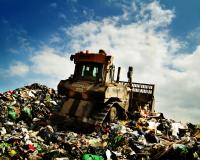
After almost getting hit by an Amazon Prime truck as I wandered around Greenwich Village, I started to look around at what was piling up in the foyers of posh condos and on the steps of the venerable brownstones. Maybe lying under these mountains of cardboard was a first edition of The Call of the Wild off eBay, but I doubted it.
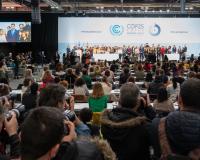
In early December, delegates from around the world convened in Madrid for the 25th Conference of the Parties to the UNFCCC (COP 25). They celebrated the 2nd meeting of the parties to the Paris Agreement, aiming to complete the Paris Agreement rulebook. As the parties struggled and ultimately failed to come to a decision regarding global carbon markets, the goal of limiting global warming to 2 degrees appears increasingly unlikely, and the prospect of climate engineering (CE), once an abstract debate, inches closer to becoming a reality.
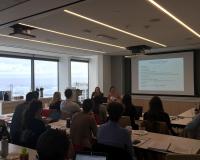
The Environmental Law Institute’s 50th anniversary on December 22 occured during a record-breaking year in terms of the sheer number of ELI educational and convening programs, which have been organized around the themes that continue to animate the work of environmental protection after half a century.

In the past, some domestic and international attempts to alleviate the burdens of migrant populations and establish legal protections for them have been implemented, but many of these protections are not specific enough and lack legally binding measures adequate to ensure that peoples displaced by weather-related disasters are protected on a global scale. International norms are important, as they can at least symbolically set a standard that national governments can follow.
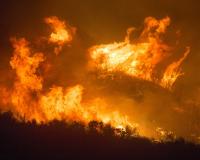
As climate change worsens, so does the risk of wildfires. This is especially so in the western United States, as seen all too well in California in recent weeks. Adding fuel to the fire are the increasing number of homes built near areas prone to wildfires, the wildland-urban interface (WUI), which increases the risk to people and their homes, makes wildfires harder to control, and prohibits fires from being allowed to burn naturally.
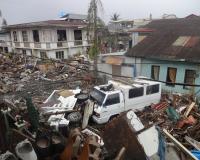
Japan has been no stranger to large environmental and natural disasters over the last decade: the country has experienced several typhoons with flooding, earthquakes, heat waves, as well as the infamous Fukushima Daiichi nuclear disaster in 2011. In September, Typhoon Faxai hit Tokyo and Chiba prefecture; its strong winds and rains halted train service, damaged buildings, and took down power lines. It left three dead and dozens injured. Only a few weeks later, Typhoon Hagibis tore through the Kanto and Tohoku regions. The typhoon was so strong that three days after reaching Japan, the National Weather Service in Anchorage, Alaska, reported remnants of the typhoon had reached the other side of the Pacific.
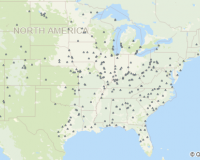
Although it may not be a trending cocktail party topic, coal ash compliance activities are certainly well-known in the legal and environmental risk management community. Billions of dollars are at stake for the owners and operators of coal power plants impacted by the 2015 Disposal of Coal Combustion Residuals (CCR) rule.
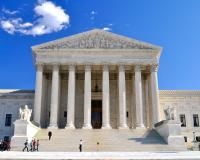
Some months back, I received a visit from two leaders in the climate science and sustainable energy arena: the former president of Climate Central, Paul Hanle, and David van Hoogstraten, who had just left his position as director of federal environmental regulatory affairs at BP America.

During the 19th century’s period of rapid population growth, America’s wetlands were largely considered to be an eyesore and an obstacle to development. These were bodies of water that needed to be drained in order to make way for agriculture, buildings, and major roadways. The successive Swamp Land Acts of 1849, 1850, and 1860 turned titles of federally owned swamp and “overflowed” land over to states, who in turn agreed to drain the land to make it fit for cultivation.